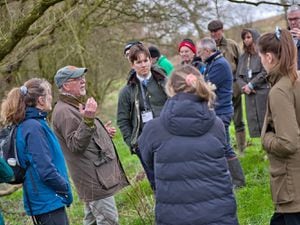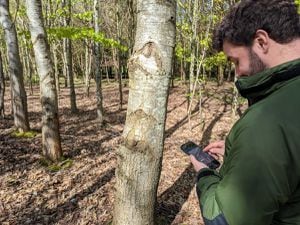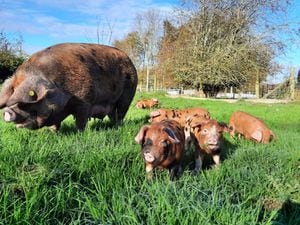Standing around in heat not good for cows' feet
The last thing any farmer wants is lame cows, who will lose production and fertility – and before you can do anything she is on the cull cow list.

Prevention is absolutely key when it comes to managing the overall foot health of a herd.
Whether it is labour or resource availability, time is a crucial factor in the fight to control lameness. With increasing herd sizes, tight margins and the need to push productivity to the maximum, time becomes even more precious.
We have found that as herd sizes increase, farmers have to shift their attention and focus. Buying in skilled labour such as professional foot trimmers can be a real solution. It allows farmers to focus on other areas of the business when their time is so stretched.
A planned foot trimming programme with regular visits to undertake preventative trims is a successful strategy, along with methods to increase cow comfort and ventilation. Nearly all lameness problems originate around, in or between the claws, therefore a simple, safe and effective system for handling and inspecting cows' feet will encourage prompt treatment and recovery.
The recent spike in temperatures has put a lot of pressure on farmers to ensure cows are comfortable, hydrated and not stressed by the heat. We noticed recently that this rise in temperature means cows are spending more time at water troughs and standing for longer periods of time. This makes a cow more vulnerable to the development of foot ulcers.
There is ample research linking heat stress to particular aspects of an animal’s health – specifically, lameness incidence increases with an increase in ambient temperature (Cook et al., 2007). This coincides with the change of seasons as well; lameness prevalence is lower in cool months as compared to warm months (Sanders et al., 2009).
My top tips to minimise lameness in warm weather:
1. Early detection and prompt treatment
2. Organise visits with a professional foot trimmer to trim hooves regularly
3. Use a foot bath to combat Digital Dermatitis and promote healthy feet
4. Be aware of rough surfaces as cows walk out to fields – check your tracks are up to scratch
5. Ulcers, White Line Disease and abscesses should be treated by your professional foot trimmer
Nick Challenor is the owner of ND Challenor Professional Livestock Services.





